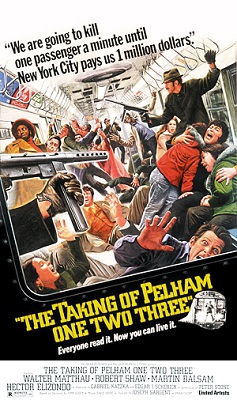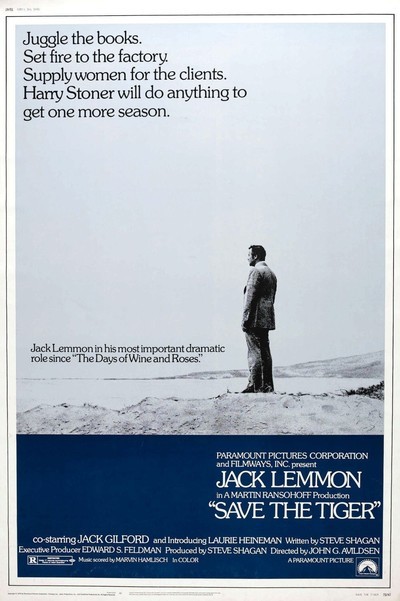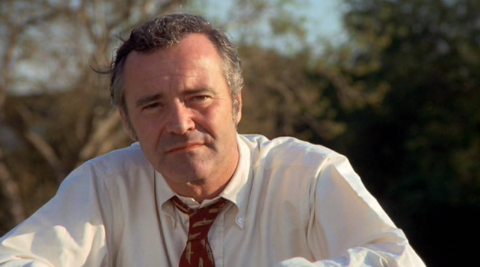
“The Taking of Pelham 1-2-3” (1974) based on John Godey’s eponymous novel is classic story telling at its best with no unnecessary frills or flashbacks or jump-cuts in narration. Just make sure there is a novel idea and get right into it…is the mantra. Throw in a few good actors into the mix, do your best with other departments (like the near perfect low light photography) and tell the story. It’s a bit like a routine subway ride where you know the start and end points and buckle yourself in and enjoy the ride, even if it were bumpy.
Speaking of subway rides and novelty, what if a subway train were hijacked and its passengers held hostage? This premise (back in 70s) makes sure there are enough bumps in the ride and the plot gets the required fillip. And, the film moves so effortlessly forward, with the bad guys appearing in the first few frames and then the reluctant good guy who ushers us into the new world of trains and control rooms. The tour of Japanese visitors in the control room is a terrific ploy to balance the act of show and tell and also to give the audience the feeling of an exclusive sneak peek into the new world.

There is something about a laid back protagonist who is slowly sucked into action, and who else can play it to perfection than Walter Matthau. He is probably one of the very few actors, who without changing his physical appearance much (except may be in his later films like ‘I.Q.’ and ‘Dennis the menace’) delivers his usual understated yet effective performance. And this movie is no exception.
Apart from the racial and gender based remarks/slurs (which might be considered okay during the time the movie was made, and the nature of the characters) and the less complicated denouement of the plot, the movie still holds interest even today. The script has the right kind of elements in place and fleshes out enough details about each character and you remember each one of them when the movie is over.
Every now and then, watching movies like these, reminds us that great movies are about good stories and great story telling. The journey from good to great begins with a genuinely novel idea and when it does, the train ride from paper/e-paper to the screen is guaranteed and so are the bumps (plot points) and the nosy/adorable passengers (characters). Most importantly, audience feel that they have an exclusive access into the happenings and thus immersed in the magic of cinema.


